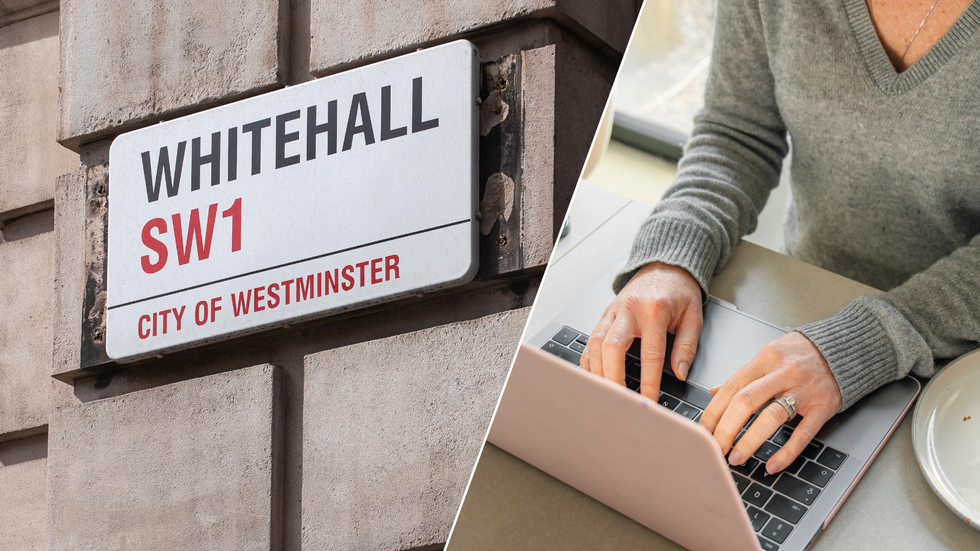Civil Service attendance has fallen since Labour won power as 13 different Government departments record a drop in employees stationed at their desks.
Official figures show a decline in office attendance from the levels recorded immediately after Sir Keir Starmer’s election victory.
Key departments including the Treasury, Housing and Justice are seeing fewer staff at their desks after just three months of Labour Government.
This trend emerges despite the private sector moving in the opposite direction, with Britain’s largest companies now requiring staff to spend 50 per cent more time in the office compared to last year.

Civil Service attendance has fallen since Labour won power
Getty
The Ministry of Justice has seen the sharpest decline, with attendance plummeting from over 80 per cent in July to just 57 per cent in September, according to analysis by The Telegraph.
At the Treasury, desk occupancy fell to 64 per cent in the month before Rachel Reeves’s first Budget, down from 69.5 per cent recorded under former chancellor Jeremy Hunt.
The Housing department, under Angela Rayner’s leadership, has seen attendance drop from 74 per cent in July to 70 per cent in September.
The Department for Work and Pensions, led by Liz Kendall, recorded just 58 per cent desk occupancy during Starmer’s first three months, compared to 67 per cent under the previous Government.
MORE LIKE THIS:

Ministry of Justice, run by Justice Secretary Shabana Mahmood, has seen the sharpest decline
PA
The contrast with private sector working patterns is stark, with analysis of 50 major businesses showing staff are now expected to work an average of three days in the office, up from two days last year.
Some companies have fully returned to traditional working weeks, with Barclays seeing its shares hit a nine-year high after mandating five-day attendance.
Boots has reported improved sales growth since requiring full-time office return in February.
CEO Seb James told staff “the office is much more fun and inspiring place when everyone is present,” criticising remote meetings’ “enforced formality.”
Shadow Cabinet Office minister Alex Burghart criticised the trend, saying: “This Labour Government has made a big song and dance about getting people back to work, but they should check that their own departments are in order first.”
Reform deputy leader Richard Tice warned: “We have the worst nightmare in Whitehall. Public sector spending is rising, their attendance at work is falling, and productivity is collapsing.”

Official figures show a decline in office attendance from the levels recorded immediately after Sir Keir Starmer’s election victory
PA

Thirteen different Government departments have recorded a drop in employees stationed at their desks
Getty
A Government spokesman defended the figures, noting that occupancy levels were higher this July to September at 69 per cent, compared to 57 per cent in the same period last year under the Conservatives.
Three departments – the Ministry of Justice, Northern Ireland Office and Scotland Office – failed to meet the Government’s minimum 60 per cent occupancy target in September.
The initial post-election period saw attendance peak at nearly 75 per cent across Whitehall departments.
However, by September this had fallen to 72 per cent, suggesting civil servants returned to home working after an initial rush to impress new ministers.
Between January and May 2024, before the general election, attendance across Whitehall averaged 77 per cent.
Most departments are still meeting the minimum target of 60 per cent office occupancy, according to Cabinet Office figures.